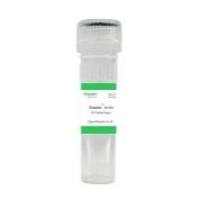Analysis of In Vivo Methylation
互联网
539
The presence of methylated cytosines (as 5-methylcytosine, 5-MeC) in eukaryotic DNA was established nearly 50 years ago. Nevertheless, the function of methylated nucleotides in DNA has not yet been fully established. They have been proposed to play a role in regulation of gene expression, in genome imprinting, in X chromosome inactivation, in DNA repair mechanisms, tumorigenesis, and aging. A number of methods are available to detect 5-MeC in DNA and most are based on the use of methylation-sensitive restriction enzymes or genomic sequencing protocols. Although technically simple, the use of methylation-sensitive restriction enzymes has the disadvantage that only 5-MeCs that are part of the recognition sequences can be detected and analyzed. In addition, hemimethylated DNA cannot normally be detected. One genomic sequencing protocol (1 ) is based on the chemical sequencing method developed by Maxam and Gilbert (2 ), but takes advantage of the different reactivity of hydrazine toward C and 5-MeC. Recently, a simple and efficient genomic sequencing technology has been developed (3 ). Unlike other methods, this novel approach gives a positive display of 5-MeC residues in the DNA. It is based on the observation that sodium bisulfite, followed by alkaline treatment, converts cytosine residues in single-stranded DNA to uracil under conditions where 5-MeC is unreactive (4 ). This deamination process is outlined in Fig. 1 .







